Many of us, when we think about bees, probably think about their stings, how they pollinate flowers, and how bumblebees seem too fat to be able to fly. But there are a few unusual tidbits about our buzzing friends that you may not know about.
1. Bees make better use of plastic than we do
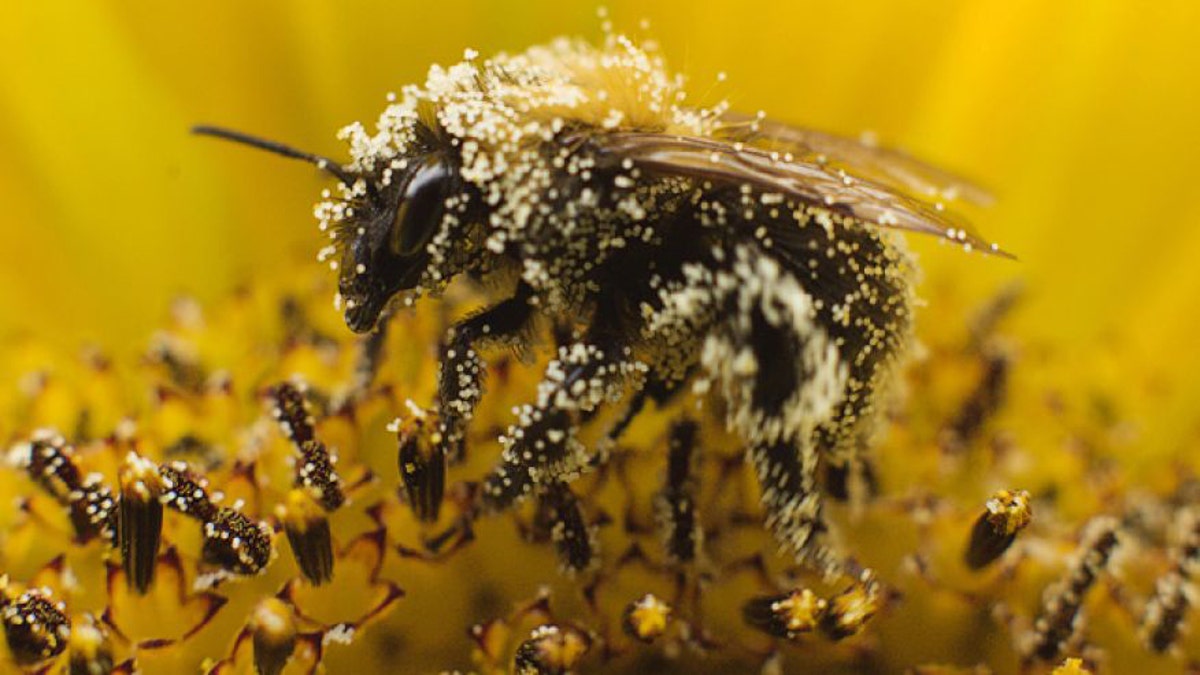
(Reuters)
Bees try to make the best of a world filled with plastic. Two species of leafcutter bee in an urban setting have found a good use for plastic: as a "drywall" for their nests. Bees in Toronto were seen using plastic bag pieces, and even bits of polyurethane sealant, to build their humble abodes. Unlike some other bees, they don't build hives but instead stitch their houses together, with plant material as their typical fabric of choice.
But these bees make do with what they have, even cutting the plastic pieces differently than they would plant materials.
Urban Bees Using Plastic to Build Nests
2. Bees get a buzz from caffeine
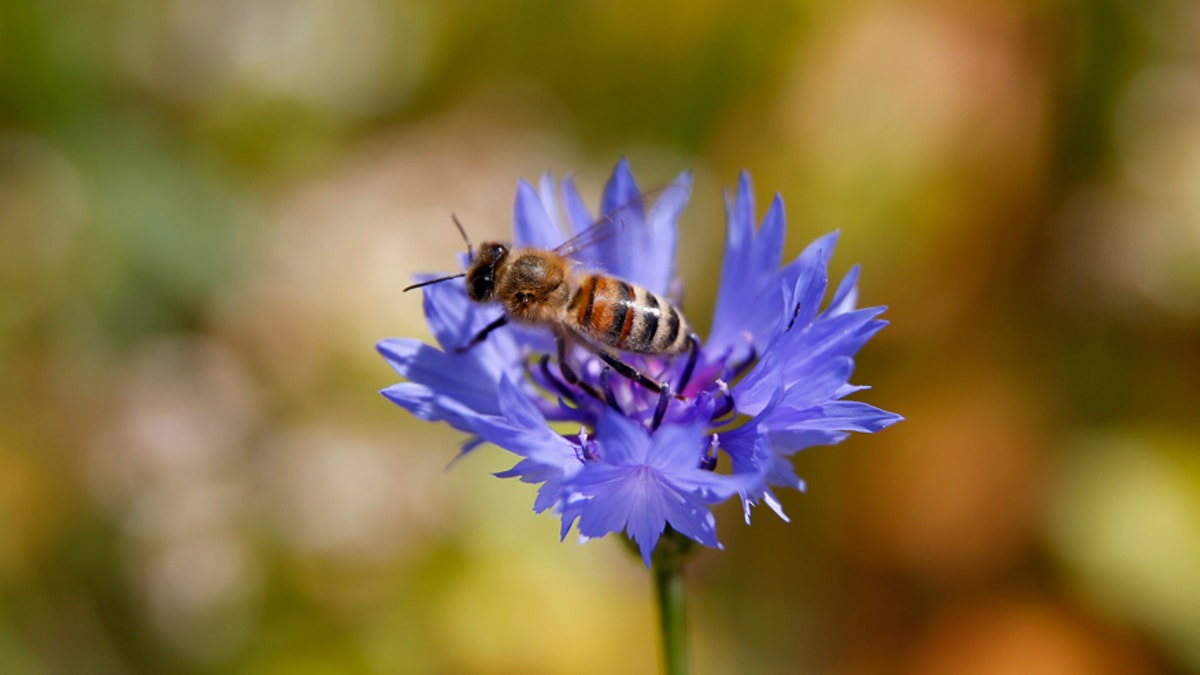
(Reuters)
Coffee's on! Bees get a jolt from joe -- the same kind of jolt we get. Caffeine in the nectar of coffee and citrus flowers gives honeybees a general perk-me-up and also sharpens their memory, according to a study published in the journal Science.
The Buzz: Bees Get a Boost From Caffeine
3. Bee claws can suss out sweets
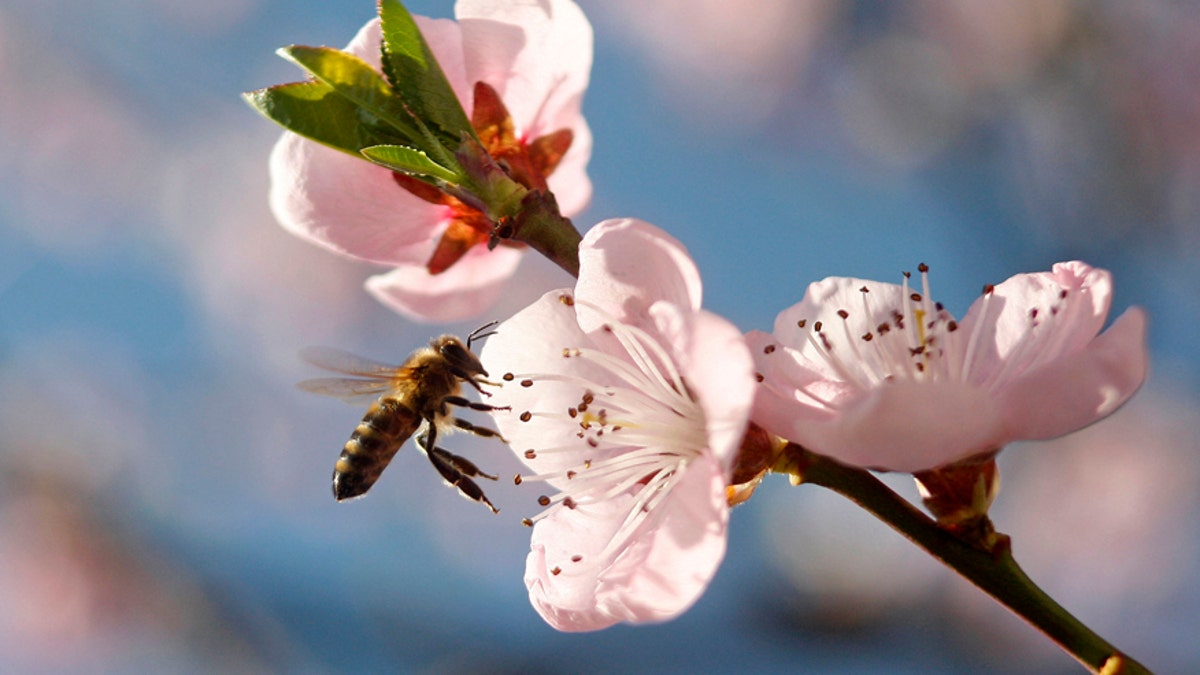
A bee flies around peach blossoms in Studencice March 29, 2014. REUTERS/Srdjan Zivulovic (SLOVENIA - Tags: ANIMALS) - RTR3J3ZY (Reuters)
It's not just a caffeine boost that bees have in common with humans. They have a fondness for sweets, too -- in this case, plants that are chock-full of sugar-laced nectar. But instead of a sweet tooth, bees have a sweet claw. Researchers witnessed the phenomenon when they applied sugars, salts and bitter solutions to bees' legs and watched what happened.
The bees gave a positive response (which, in bee-speak, means sticking its tongue out) whenever their claws "tasted" some nice, yummy sweets.
Bees Have a Sweet Claw (Not Tooth)
4. Bee dancing tells us about the environment

A bee sits on a honeycomb from a beehive at Vaclav Havel Airport in Prague September 6, 2013. Honey produced by the bees are checked for its quality and presence of pollutants to help the Vaclav Havel Airport Prague to collect pollution data about the environment. Picture taken September 6, 2013. REUTERS/David W Cerny (CZECH REPUBLIC - Tags: AGRICULTURE ANIMALS SOCIETY ENVIRONMENT TRANSPORT) - RTX13BFV (Reuters)
Honeybees dance, and it isn't because the music's good. They use waggle dances to communicate with each other about their environment, with flowers being a main topic of conversation. It took researchers a lot of time spent recording bee dances, but they finally were able to decode what the movements mean -- respectively, the angle at which they dance, and for how long, tells other bees in what direction resources such as flowers can be found and how far away the goodies are.
Understanding these dances can help researchers efficiently monitor large tracts of land by listening, as it were, to what bees are "saying." Thanks, bees!
Eavesdropping on Bees Reveals State of the Environment
5. Bees can be a bit dark with their decor
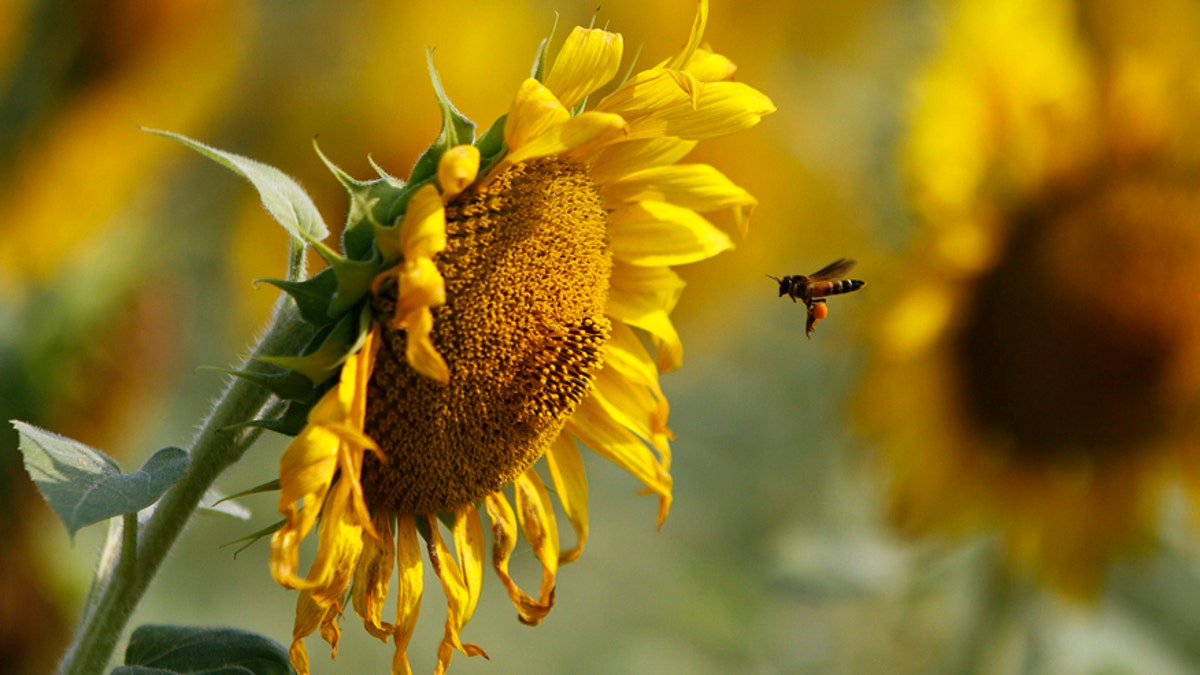
A bee collects pollen from a sunflower in a field at the southern Indian state of Tamil Nadu March 13, 2013. REUTERS/Babu (INDIA - Tags: ANIMALS) - RTR3EX36 (Reuters)
There's something about wasps that can give us the shivers, and a newly discovered wasp called Deuteragenia ossarium, or the "bone-house wasp," does nothing to improve that impression. This spooky creature lines its cavity "home" with the bodies of dead ants. It seems that females of the species use the bodies to seal off their nests after they lay their eggs.
Macabre Wasp Stacks Ant Skeletons in Its Home
6. Bees can shout, shout, let it all out, when nectar's nearby
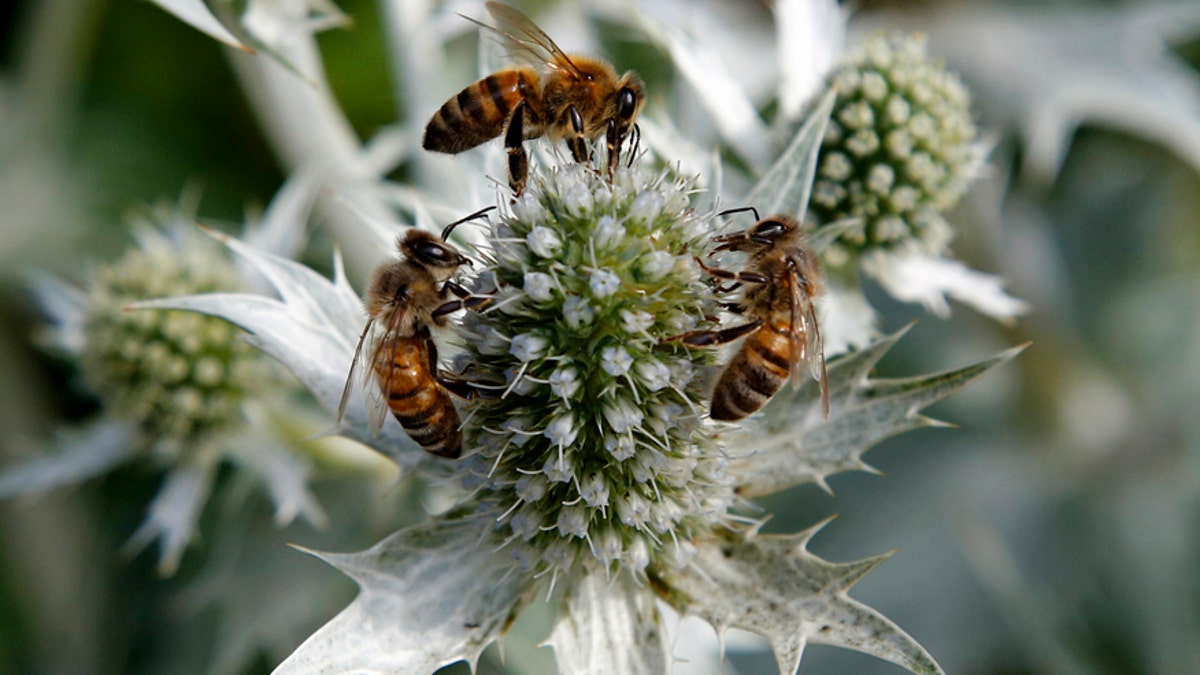
Honey bees collect nectar from an Eryngium plant in the gardens of Great Dixter in Northiam, East Sussex August 4, 2013. Great Dixter was the family home of gardener and gardening writer Christopher Lloyd. REUTERS/Chris Helgren (BRITAIN - Tags: ENVIRONMENT SOCIETY ANIMALS) - RTX12AI8 (Reuters)
When bees score a new cache of nectar, some of them know how to discreetly whisper a bulletin about it to their fellow colony-mates. "Pssst, over here!" They keep it quiet so their competitor bees in the industry won't find out. But other bees may instead "shout" -- via strong pheromone trails -- about the new food source. Researchers listened in on the chatter of competing Brazilian bee species, and the loud message, they think, is intended to warn any eavesdropping bees from competing colonies to steer clear. "Buzz off," they are shouting, loud and clear.
